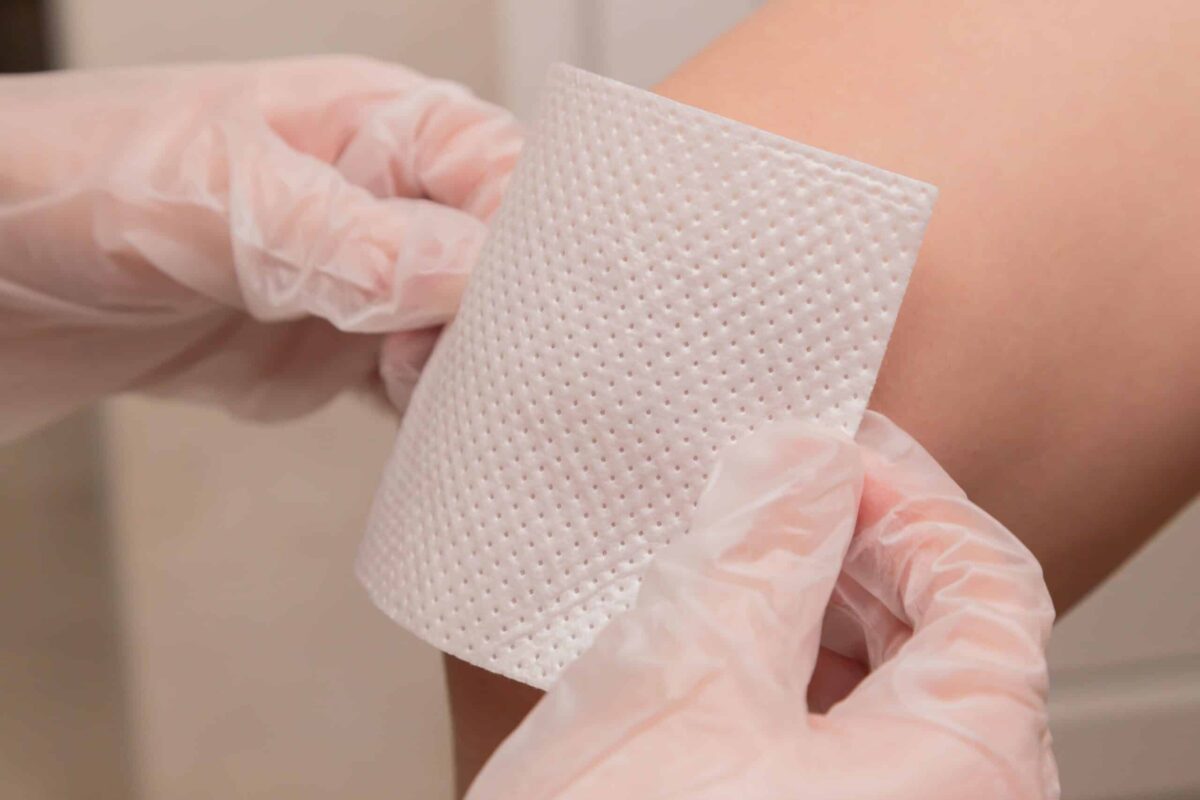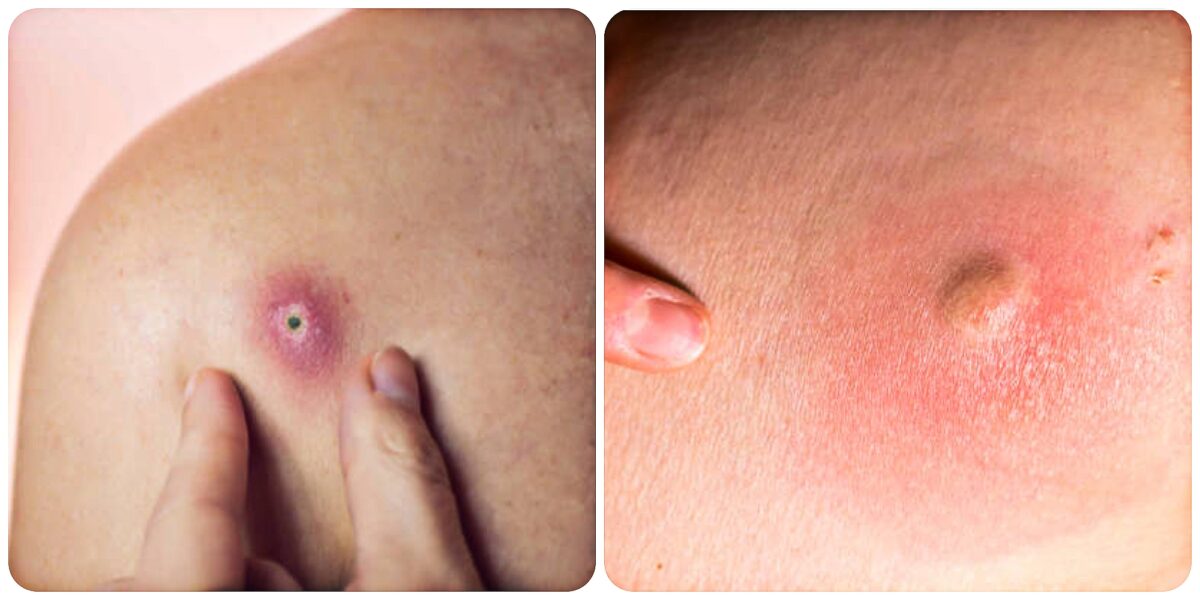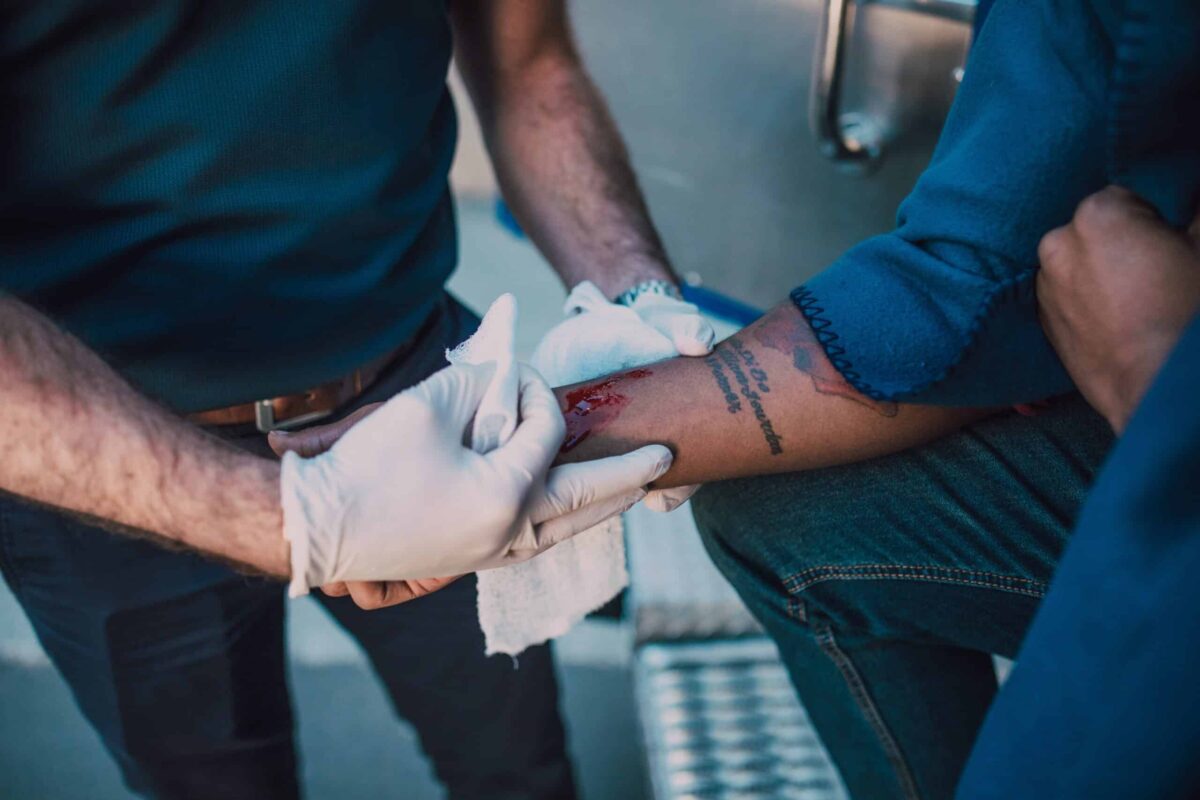
Abscesses usually cause very unpleasant consequences when they have formed and there is no way to drain them. They become painful and a feasible way to remove that bulging is through its opening and extraction of accumulated pus in the zone. Within a few days we can find great relief and possible healing.
When the abscess is too big, there is a possibility that a doctor can fix this problem. If there is no major infection and the lump is considered within small limitations, the abscess it can be solved manually at home.
Why do abscesses occur?
Abscesses are created by the body's attempt to try to cure an infection. When there is an open wound, such as a cut, clogged hair follicles, or when sand or fibers get trapped, bacteria, fungi and germs freely enter our body. This is when an infection begins and the body asks to activate a defense system through white blood cells in order to fight it.
The white blood cells try to eliminate this infection, Getting to accumulate in the area a large amount of waste called pus. This pus will accumulate over time if the area is not drained. It may become swollen and painful.
What are abscesses like?
Abscesses eventually drain of pus and generally cause the area to swell. They become red in color, become hot to the touch, and some may ooze some fluid. Many of them develop in the most superficial layer, others under the skin or even form inside the mouth, such as teeth. When there are serious cases where the infection is serious, you get to feel fever and even chills.
Treatment of abscesses at home
Abscesses can be drained at home, as long as the best necessary hygiene conditions are met. If there is any doubt as to how it could be drained or if there is great difficulty, it is best to see a professional doctor. On the other hand, it is not recommended to drain in sensitive areas such as the face, teeth, neck, armpits, wrists, or back of the knee. It is better to have it done by a professional. Next, we offer all the necessary elements to drain it:
- Neutral fragrance-free soap.
- Iodine.
- Disposable latex type gloves.
- Peroxide.
- A small scalpel or a needle if the abscess is not very large. Both materials must be disinfected.
- Scissors or surgeon's tweezers.
- Gauze.
- 2 medium syringes of 5 ml.
- Headband.
The steps to make a drain:
- Wash your hands with soap and water.
- Put the latex gloves on both hands.
- Clean the area to be treated with soap and water and apply the iodine up to 3 cm around the area.
- Observe the area where it is most inflamed, it will generally turn white and this is where the incision will be applied.
- Take the scalpel and make the incision between 1 to 2 mm deep. You can also do it with a needle if it is necessary not to use the scalpel. You have to do it very superficial so as not to damage other deeper areas.
- Try to drain the area by gently pushing or squeezing the area, causing that pus to come out. When part of it has been drained, you can start to squeeze the surrounding area to expel all the infection.
- If necessary, use the syringe to drain the area.
- When we have everything drained, fill the other syringe with half of hydrogen peroxide and iodine, insert it through the incision and apply the mixture. This will cure the abscess.
- Then clean the outside area with iodine all over the surface.
- Apply gauze on top and tape it down.
- It is essential to cure the area with iodine every day and change the gauze.
What happens if an abscess is not drained?
It is normal for the abscess to continue growing until it pierces the skin and drains itself spontaneously. It usually happens when there is too much pressure and it ends up resolving itself. But when there is great pressure and infection and it does not drain, that is when you have to help it.
When go to the doctor?
You should see a doctor when it is a nuisance and does not heal on its own. Surely it has swollen more than normal, it hurts and it has even turned redder. When red spots appear around the infected area, that's not a good sign either, even when you feel tired, have a fever or chills.
The best way to avoid this type of infection is always maintain proper hygiene. This tactic must be used especially in children, where they have to wash their hands frequently with soap and water for 20 seconds straight. Given the possibility of not having soap and water at hand, you can use a instant antiseptic with alcohol for hands.

